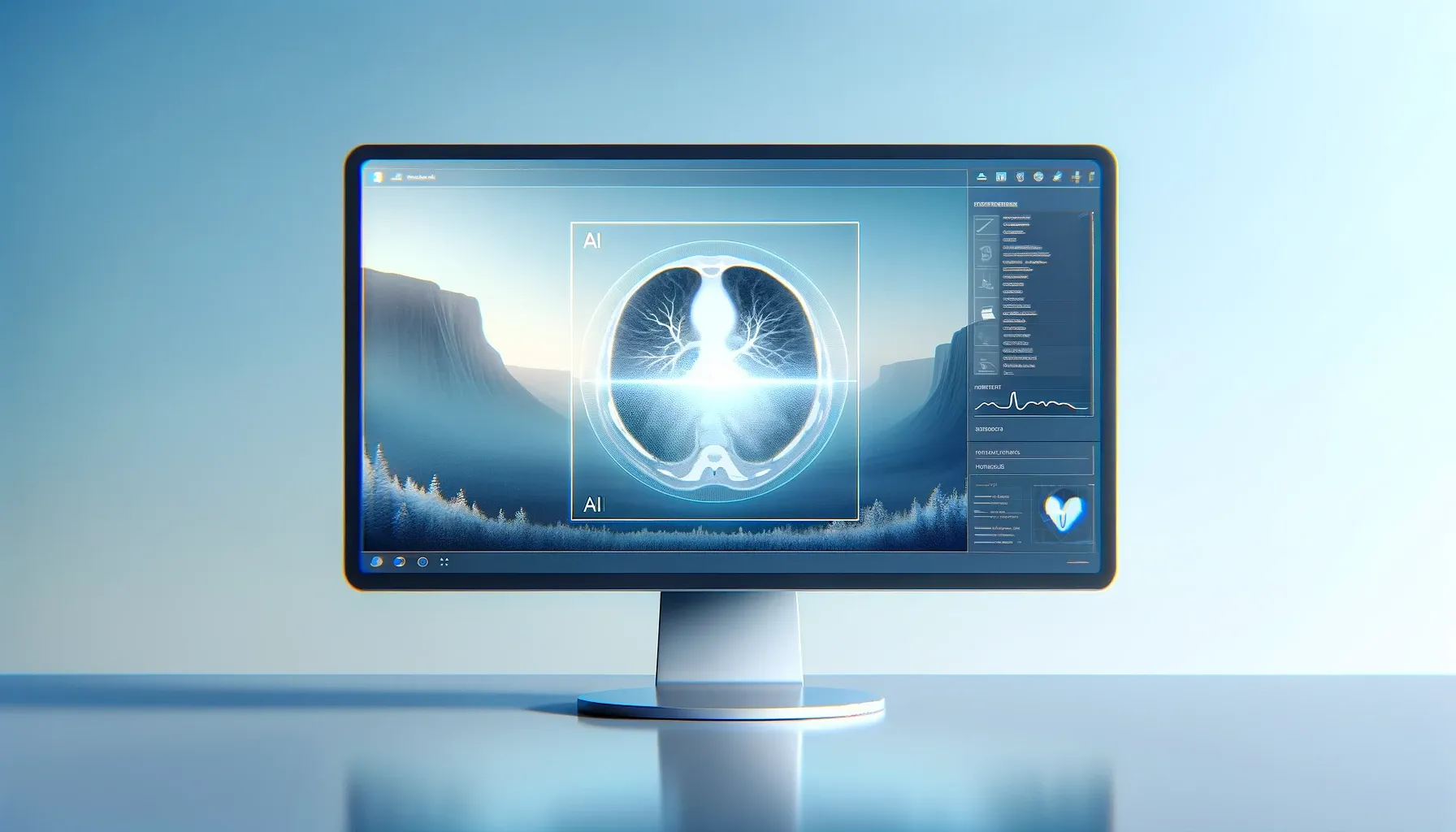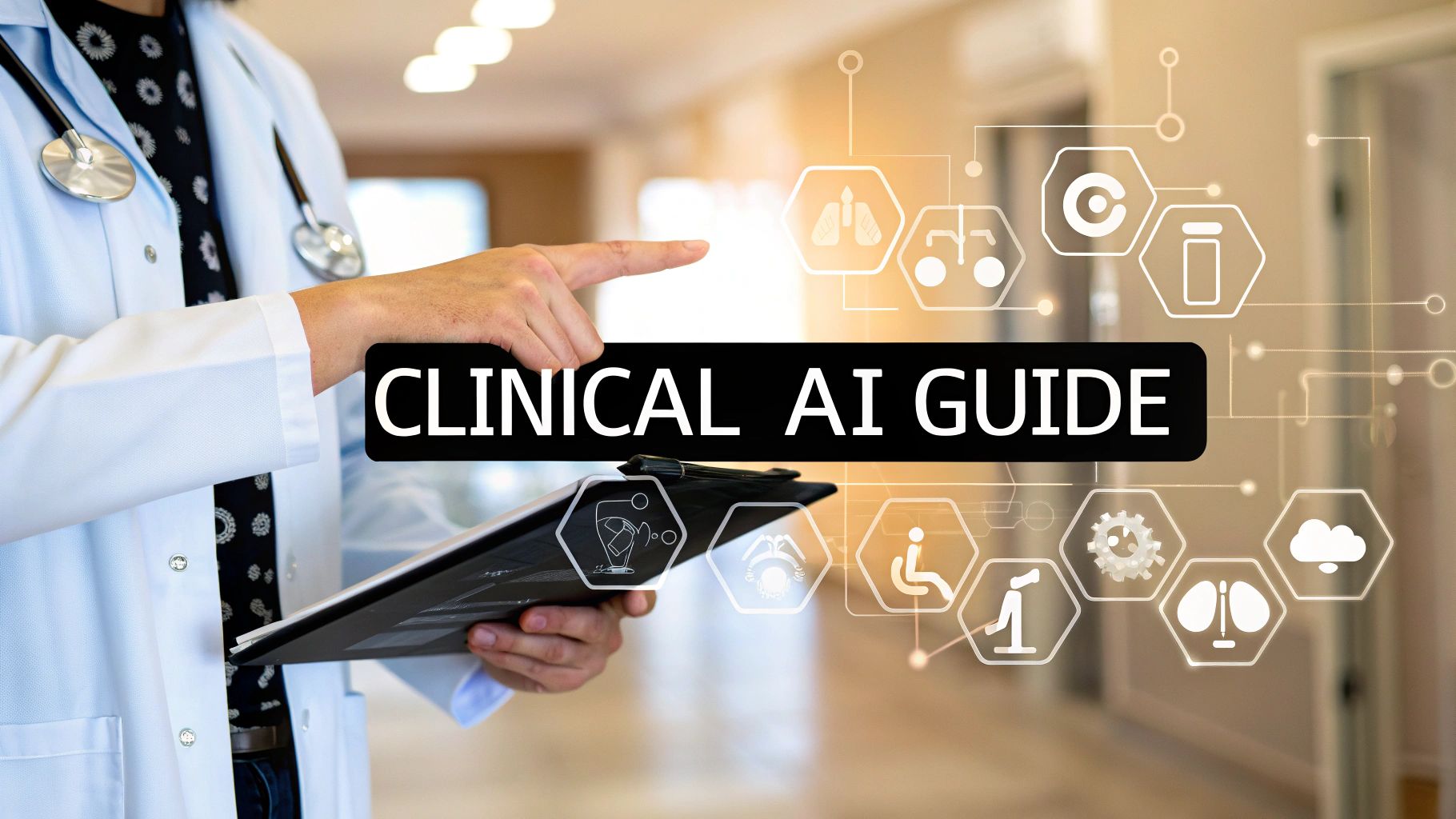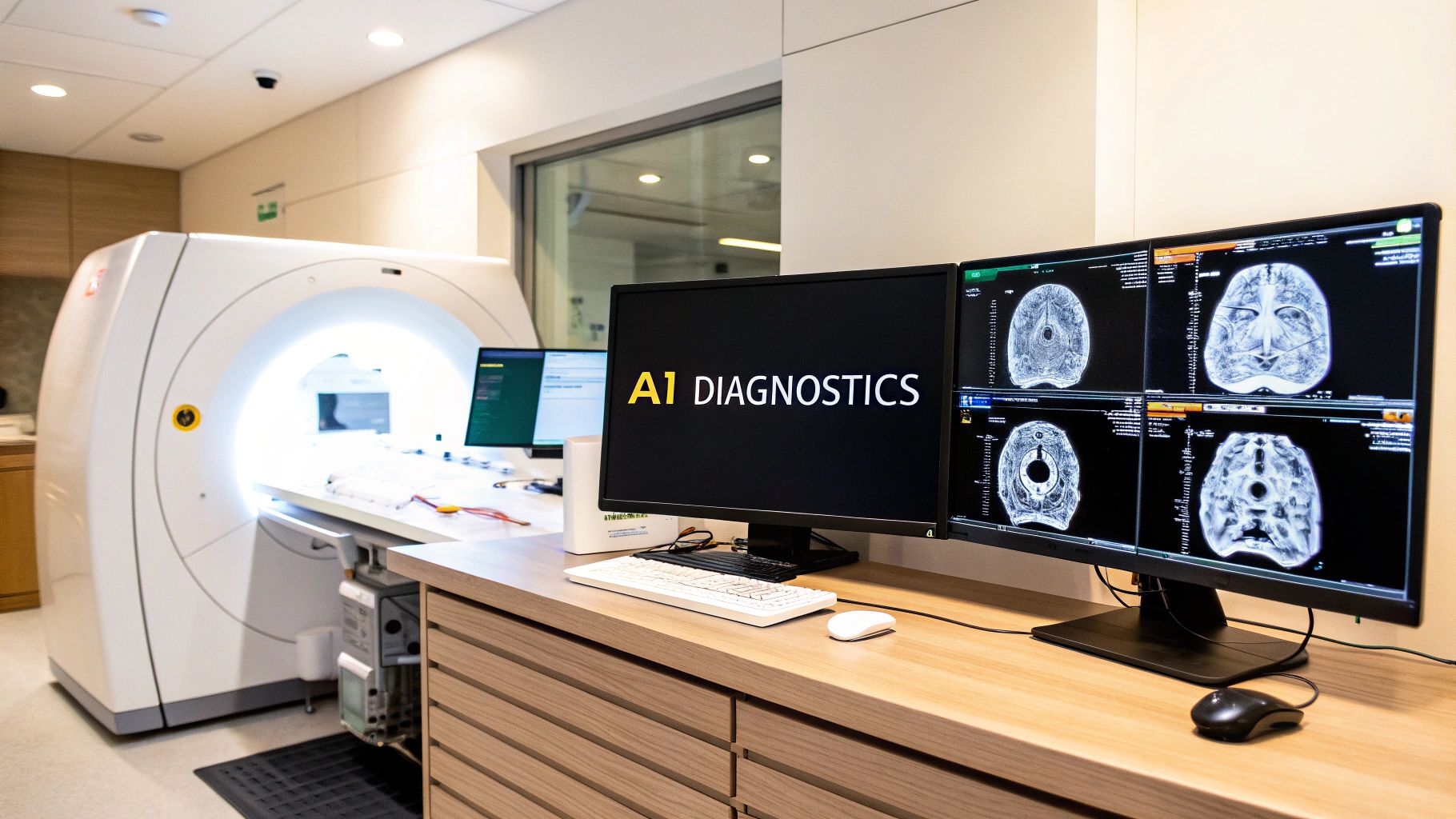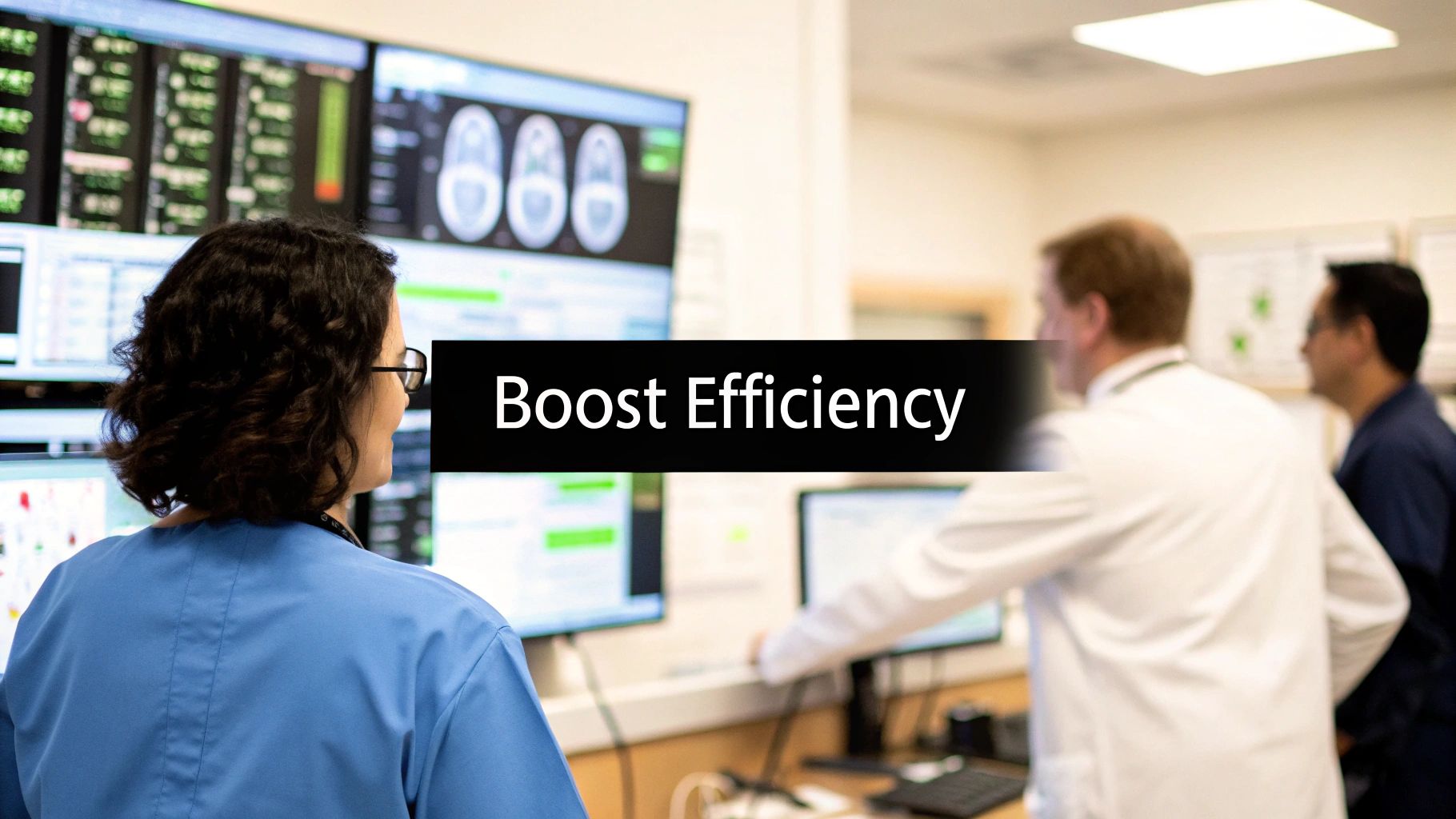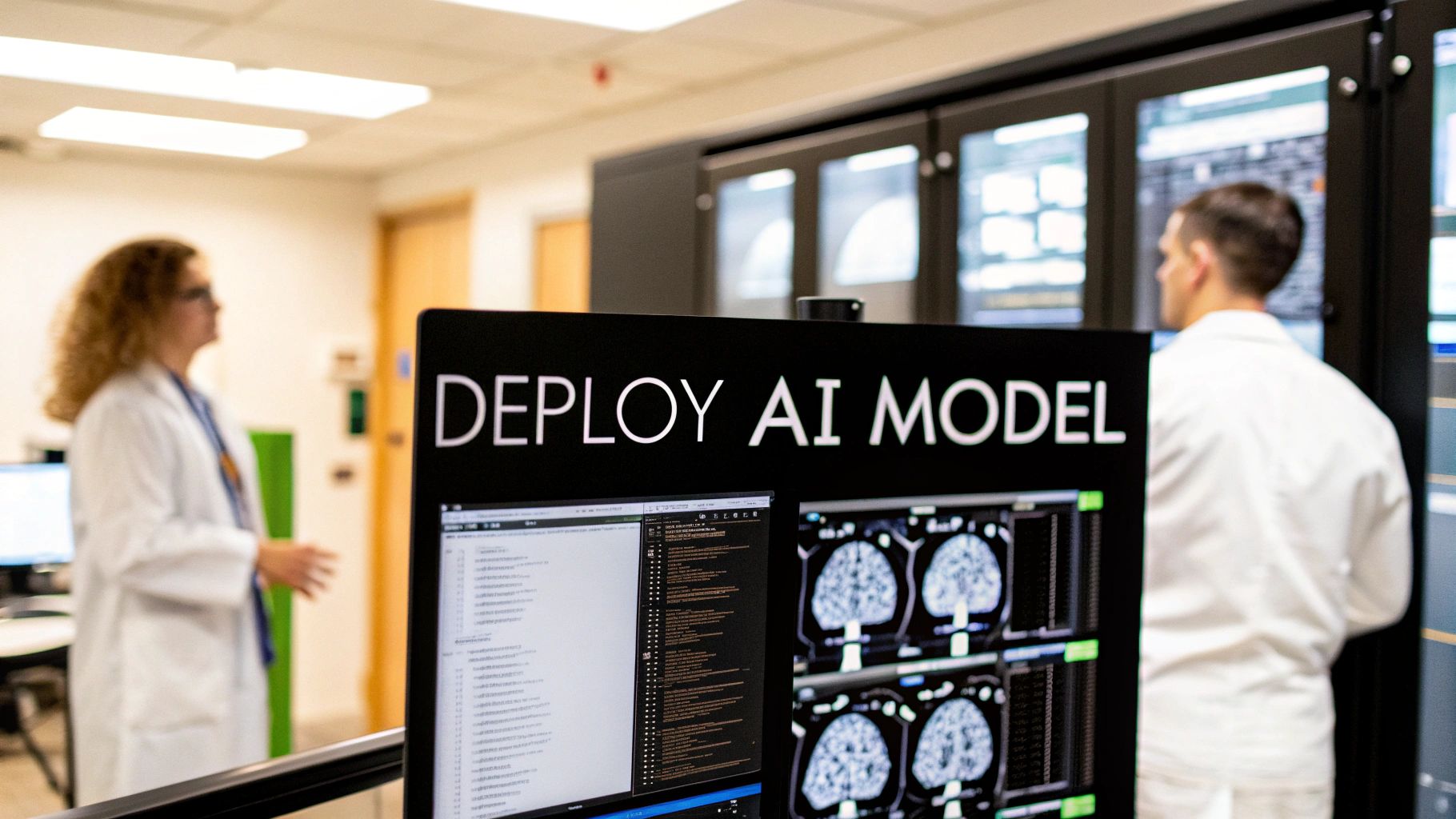In the intricate field of medical imaging, the journey from dataset acquisition to the deployment of AI models is fraught with challenges. Among these, the annotation of datasets stands out as a particularly daunting task, especially when dealing with complex 3D scans such as CT, MRI, and PET. Recognizing this challenge, I embarked on a mission to not only navigate these waters myself but also to provide a beacon for others in the field. This blog post shares my experience and introduces a groundbreaking tool we’ve developed, designed to revolutionize the way we annotate medical images.
Bridging the Gap with AI-Assisted Annotation
The genesis of our project was driven by a simple yet profound realization: in medical imaging, data is not just a resource — it’s the backbone of innovation. However, securing and preparing this data for AI model training is anything but straightforward. The acquisition of datasets from healthcare facilities marks the beginning of a labor-intensive process, further compounded by the meticulous task of annotation.
It was against this backdrop that we saw an opportunity to harness artificial intelligence to facilitate and accelerate the annotation process. The result is a tool that embodies our commitment to innovation and accessibility in medical imaging research.
A Leap Towards Efficiency and Accessibility
Our tool, which we offer completely free of charge, is a testament to the potential of AI to enhance efficiency in medical imaging annotations. With it, researchers can achieve an initial prediction for lung segmentation in mere minutes — a process that traditionally could take exponentially longer. This prediction serves as a robust starting point, ready to be used as is or refined further with your preferred annotation software.
The essence of this tool lies not just in its technical capabilities but in its accessibility. By democratizing access to advanced annotation technology, we empower researchers and medical professionals across the globe to accelerate their projects, ultimately paving the way for more rapid advancements in medical imaging technologies.
How It Works: Simplifying the Annotation Process
I’ll guide you through the simplicity and efficiency of using our application. Designed with user-friendliness at its core, the tool allows for the straightforward upload of DICOM files in a zipped format. Following this, the inference process is initiated, culminating in the generation of NIFTI output. This streamlined process significantly reduces the time and effort traditionally required for medical image annotations, marking a significant leap forward in the field of medical imaging research.
(BTW: the same application can be used to segment other five anatomical structures.)
You can access the application from here:
